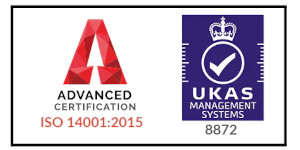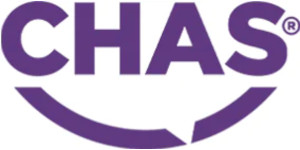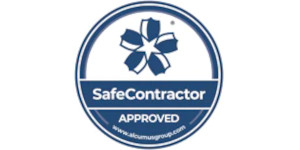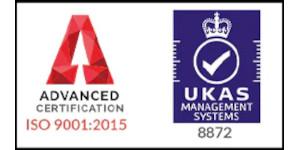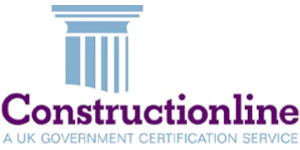How to Safely Remove and Relocate Concrete Barriers
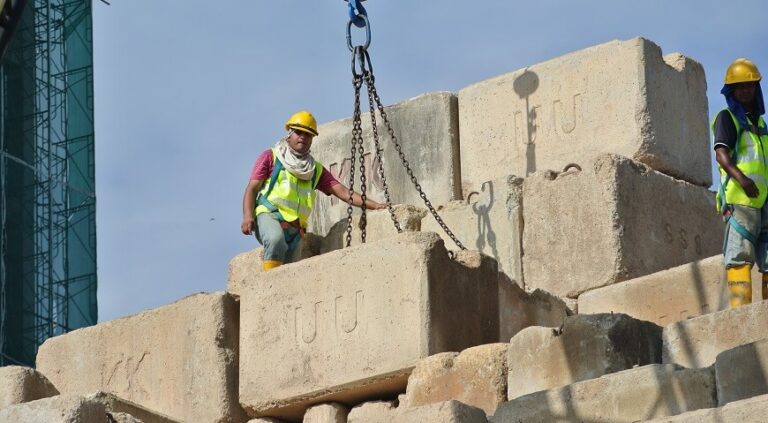
Concrete barriers are essential for long-term site security, traffic management, and asset protection across various industrial and commercial applications. However, as project needs evolve, these heavy-duty barriers often require removal or relocation. This process requires careful planning, specialised equipment, and expert handling to ensure safety and efficiency.
At Maltaward, we not only supply a wide range of precast concrete barriers but also offer comprehensive services for their installation, removal, and relocation. Our product range spans from jersey concrete barriers to interlocking concrete blocks to TVCBs (temporary vertical concrete barriers), available to buy directly or hire temporarily. Whatever your site size or complexity, we have the products and installation experience to ensure long-term property protection and traffic management.
Let’s explore the best practices for safely managing concrete barrier adjustments on your property.
Assess the Situation
Before attempting to move any concrete barriers, a thorough site assessment is crucial. This involves:
- Identifying the type and weight of barriers (some heavy-duty barriers like Kentledge blocks can weigh upwards of 1 tonne, while some V-blocks are slightly smaller and lighter at 400kg.)
- Evaluating the current layout and desired new configuration
- Assessing access points for heavy machinery
- Considering potential obstructions or hazards
This initial site assessment helps determine the equipment and personnel numbers required for safe relocation.
Use Appropriate Barrier Lifting Equipment
Precast concrete blocks and barriers are, to a person, extremely heavy, often weighing upwards of 400kg each. Attempting to move them without proper equipment is not only inefficient but also dangerous.
Specialised machinery typically used includes:
- Heavy-duty barrier lifts with a range of attachments
- Cranes for higher lift requirements or difficult access areas
- Skid steers with fork or clamp attachments
- Flatbed zipper trucks for long-distance relocation
Maltaward’s team is equipped with a fleet of vehicles and tools specifically designed for handling various types of concrete barriers, ensuring safe and efficient operations.
Ensure Proper Training
Some site owners may have access to heavy machinery of their own, which may be more cost- and time-effective to utilise. However, handling massive concrete blocks requires specific skills and training.
Maltaward’s certified concrete barrier machinery operators understand the nuances of working with different barrier types, from standard jersey barriers to interlocking delta blocks.
When relocating barriers, it’s crucial to have trained personnel who can safely operate the lifting equipment. Most blocks have their own lifting pins precast into them, which can hook straight onto the site lifting machinery with the help of a specially designed lifting clutch.
From then, operatives can secure barriers for transport, carefully manoeuvre the machinery around the site, and move the barriers to their desired new location. Adhering to all relevant UK health and safety legislation is vital, especially with products that could cause injuries or damage to properties and people.
Plan the New Layout
Before moving barriers, it’s crucial to have a clear plan for their new configuration. This might involve:
- Establishing new traffic management systems
- Planning new routes in and out of the premises
- Enhancing construction site security
- Adjusting property boundaries
Maltaward’s expertise in vacant property protection and site security solutions allows us to advise on optimal barrier placement for maximum effectiveness. We can also recommend and provide additional security products like steel fencing, gates, and other mesh to safeguard more exposed areas of the property as construction continues.
Consider Temporary Security Measures
During the relocation process, your site may be temporarily more vulnerable. It’s important to implement interim security measures, which might include:
- Temporary steel HERAS or palisade fencing
- Additional CCTV cameras and monitoring equipment
- Steel road plates to cover gaps or holes in paving
- SITEX security screens and window protection
- Manned security patrols
As part of our comprehensive vacant property protection services, Maltaward can provide additional security solutions to ensure your site remains protected throughout the transition.
High-Quality Concrete Barriers and Security Protection From Maltaward
While it might be tempting to attempt barrier relocation in-house, the risks associated with improper handling can be significant. The last thing you want is to compromise your empty property’s security and risk damaging your equipment, or worst of all, causing undue harm or injury to your personnel. The consequences can be damaging, both financially and personally.
Maltaward offers end-to-end services for all your concrete barrier needs, including initial supply and installation, strategic placement advice, safe removal, and relocation, and tailored ongoing support to suit your needs.
Our team’s extensive experience with numerous concrete barriers and blocks, coupled with our security services, allows us to handle projects of any scale, from small commercial sites to large industrial facilities. Whether you’re adjusting your construction site security or completely overhauling your property’s layout, Maltaward has the accreditation, expertise and proven track record to ensure the job is done safely and efficiently.
Don’t risk your site’s security or your team’s safety. Contact Maltaward today to learn more about our concrete barrier relocation services and how we can support your project.

